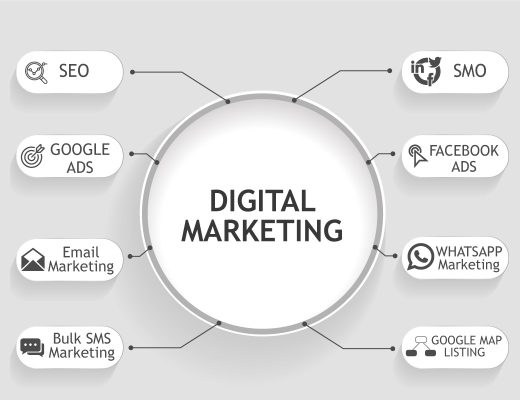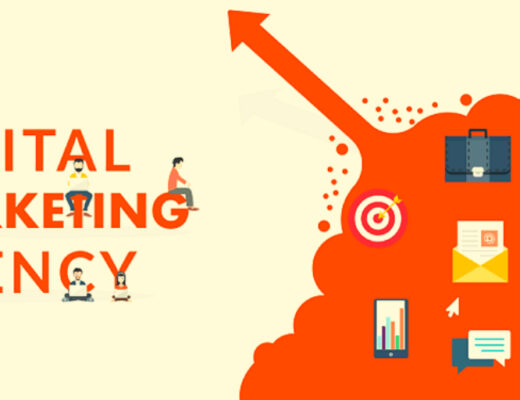Technology continues to advance at lightning speed, dramatically transforming how brands connect with consumers. Savvy marketers understand that keeping pace with the latest digital marketing capabilities provides a competitive edge when promoting products, services, and messages.
Let’s peek into the not-too-distant future, specifically the year 2024 and beyond, to get a sense of what strategic innovations lie ahead.
While the details remain fuzzy, certain trends seem likely to disrupt marketing as we know it today.
Shoppable Messaging – Buy Products Without Leaving Conversations
Messaging apps like WhatsApp already dominate daily communication for billions worldwide. Forward-thinking brands will soon enable customers to shop on these platforms without ever needing to visit another website.
For example, chatbots will facilitate product discovery and transactions seamlessly within familiar messaging environments. Users can browse inventory, ask questions, apply coupons, and pay — all without switching screens.
For marketers, the key will be flawless integration allowing unified data tracking and management from one intuitive interface. Success requires understanding points of friction, personalizing responses and continually improving to meet ever-higher consumer expectations.
Ultra-Customized Content and Recommendations
Thanks to artificial intelligence, marketing messages will morph to match each individual’s unique interests in real-time. What you see from a brand will align explicitly with how and what you have engaged with previously.
Sophisticated algorithms will connect data points to serve up hyper-relevant recommendations and tailor content accordingly. The days of generic calls-to-action will conclude.
For this level of 1:1 personalization, siloed solutions simply won’t cut it. Marketers need smart systems that unify insights across channels to enable consistent and contextually-appropriate interaction.
Video and Live-Streaming Gain Traction
By 2024, video content will dominate even more screens. Short-form vertical videos for TikTok and YouTube will be standard, alongside shoppable live-stream selling events.
One-click checkout and integrated payment acceptance within streaming platforms remove purchasing friction. Giveaways, contests, and UGC challenges will further fuel view and subscriber growth.
The key for marketers will be translating static website content into engaging sight, sound, and motion. Build interactive worlds where visitors actively participate rather than passively watch.
SEO Evolves for Voice Assistants
With Siri, Alexa, and other voice assistants firmly integrated into daily routines for many, search behaviors shift further toward voice-activated queries rather than typed phrases. Voice search optimization (VSO) joins SEO Services as an essential capability driving discovery and conversions in the coming years.
Specific tactics to prioritize include
● Optimizing pages and long-tail natural language keywords for featured snippets
● Strengthening site architecture for parsing voice queries
● Integrating rich structured data for comprehension
● Building authority for verbal responses on intelligent assistants
Experiment with optimizing content for audio-only search appearances across platforms, leveraging interactive voice ads. Prepare also for advancements like augmented reality overlays and search engines tailoring responses to precise locations in the emerging ambient computing landscape.
Immersive Digital Realities Replace Flat Screens
Today, AR/VR remains more novelty than a game changer for digital marketing Services and e-commerce. But with the accelerating adoption of augmented and virtual reality devices, coupled with advancements enabling more seamless real-life visual overlay, expect radical shifts in how brands engage audiences and customers soon.
Rather than designing for stationary 2D web pages, future digital marketing experiences will transpire in dynamic 3D metaverse environments accessed through AR/VR headsets. Ambitious brands should start crafting interactive worlds now where visitors immerse themselves rather than simply browse online.
Smart marketers will bridge physical and virtual touchpoints through spatial computing integration reflecting users’ surrounding environments. Continuity between environments remains vital even while customizing messaging and experiences for each platform.
Human Connection Anchors Digital Campaigns
For all the exponential technology growth, people still crave community, emotional bonds, and belonging – something social media both fosters and destroys. As people increasingly interact with brands via bots and AI, spotlighting real human beings behind companies becomes more pivotal for relatability and trust.
Brands should emphasize inside looks at their cultures, remote work realities, sustainability efforts, acts of compassion, and dedication to diversity, equity, and inclusion. Help visitors see the real people and meaningful values living within your digital facade. Foster transparency along with innovation.
Read More- Email Marketing Strategies for the Festive Season To Maximize Holiday Sales



